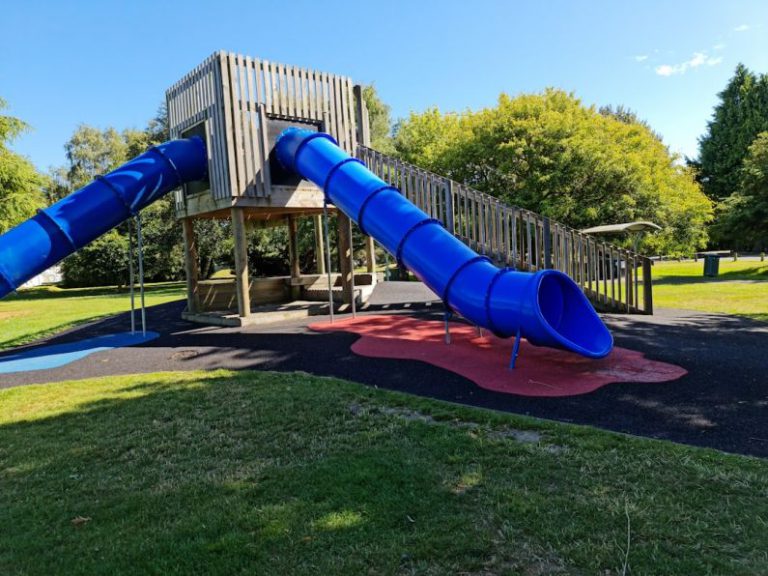How to Set up an Efficient Irrigation System for Your Lawn?
Maintaining a lush and healthy lawn requires proper irrigation. An efficient irrigation system ensures that your lawn receives the right amount of water at the right time, promoting healthy growth and minimizing water wastage. In this article, we will discuss the essential steps to set up an efficient irrigation system for your lawn.
Assess Your Lawn’s Watering Needs
Before installing an irrigation system, it is crucial to assess your lawn’s watering needs. Factors such as the type of grass, soil type, and climate will determine how much water your lawn requires. Conduct a soil test to determine the soil’s moisture-retention capacity and drainage. This will help you decide on the appropriate irrigation system for your lawn.
Choose the Right Irrigation System
There are several types of irrigation systems available, including sprinklers, drip irrigation, and soaker hoses. Each system has its advantages and best suits specific lawn types. Sprinklers are ideal for larger lawns, providing uniform coverage across a wide area. Drip irrigation is more efficient and suitable for watering specific plants or areas. Soaker hoses are great for watering garden beds and vegetable patches. Choose the system that best matches your lawn’s needs and size.
Consider Water Source and Pressure
When setting up an irrigation system, it is essential to consider the water source and pressure. Ensure that your water source can provide enough water to meet your lawn’s needs. If your water pressure is low, you may need to install a booster pump to ensure adequate water distribution. It is advisable to consult a professional if you are unsure about your water source and pressure.
Map Out the Layout
Before installing the irrigation system, create a detailed map of your lawn, indicating the location of plants, trees, and any obstacles. This will help you determine the number and placement of sprinklers or drip lines. Be mindful of the water requirements of different plants and group them accordingly to avoid over or under-watering. Mapping out the layout will ensure that your irrigation system covers the entire lawn efficiently.
Install the Irrigation System
Once you have assessed your lawn’s watering needs, chosen the right irrigation system, and mapped out the layout, it’s time to install the system. Start by connecting the main water supply to the irrigation system. Lay out the necessary pipes, ensuring that they are buried at the appropriate depth to prevent tripping hazards. Install the sprinklers or drip lines according to your layout, making sure they are properly aligned and spaced for optimum coverage.
Set the Timer
To ensure efficient water usage, it is essential to set a timer for your irrigation system. Timers allow you to schedule watering sessions at specific times, preventing over-watering or forgetting to water altogether. Set the timer to water your lawn during the early morning or late evening when evaporation rates are low. This will maximize water absorption and minimize water loss due to evaporation.
Regular Maintenance
To keep your irrigation system efficient, regular maintenance is crucial. Inspect the system regularly for leaks, clogs, or damaged components. Clean or replace clogged nozzles, filters, or drip emitters. Adjust the sprinkler heads to avoid watering driveways, sidewalks, or other non-lawn areas. Regular maintenance will ensure that your irrigation system continues to function optimally, promoting a healthy and vibrant lawn.
In Conclusion
Setting up an efficient irrigation system for your lawn is essential for maintaining its health and beauty. By assessing your lawn’s watering needs, choosing the right irrigation system, considering water source and pressure, mapping out the layout, installing the system correctly, setting a timer, and performing regular maintenance, you can achieve an efficient irrigation system that conserves water and keeps your lawn in top condition. With a well-designed and properly maintained irrigation system, you can enjoy a lush and vibrant lawn all year round.






